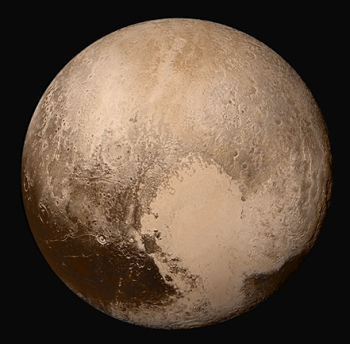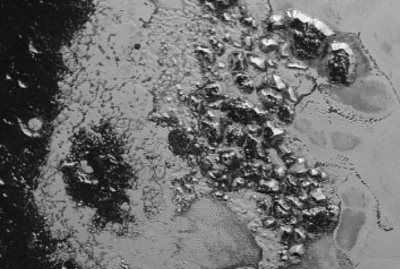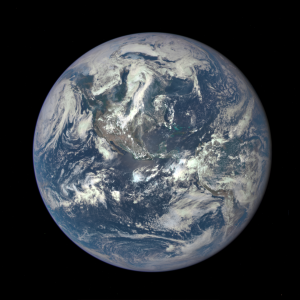India’s space agency calls for more hiring
The competition heats up: India’s space agency ISRO says it is facing a manpower shortage caused by its recent successes and increased demand for more space achievements.
ISRO Satellite Centre (ISAC) director M Annadurai – who is also considered one of the heroes of the India’s Chandrayaan-1 mission to the moon (October 2008-August 2009) and the November 2013-launched MOM – has said after a steep increase in ISRO’s workforce expansion between 1982 and 1992 there has been no significant growth in ISRO’s workforce, which has remained in the region of 16,500 over several years. “There is a crunch,” he admitted on the sidelines of the Aerospace & Defence Manufacturing Summit 2015, although adding that it was relative in nature. “The requirements have increased but the workforce has remained more or less the same.”
Annadurai said the requirements were from domestic as well as foreign origin. The ISRO on July 11 launched five British satellites in a single launch, which is considered a record as it was the Indian space agency’s heaviest commercial launch. On the domestic front, he said, there are plans to increase Indian satellite launches from the current four a year to ten in the near future – which requires manpower to meet the quality requirements.
Without doubt India’s recent successes demand a growth in its space industry. The danger here is that India will add jobs to its government space agency rather than hire private companies to do the work and let them do the hiring. If they do the latter, the companies will have flexibility and will be able to adjust quickly to changing conditions. If the former the government will instead be hiring employees who will be seen by politicians as a vested interest they must protect, whether or not it makes sense economically. The first option will allow the aerospace industry to grow naturally. The second will fossilize that industry around pork supporting inefficient political agendas.
Hopefully the new conservative Modi government in India will recognize the dangers of expanding its government agency and will go the private route. This quote from the article gives me hope:
“We need the same number of people (16,500) outside to support operations, which is why we are encouraging private partnerships,” he said. Senior ISRO scientists have also said they have been encouraging retiring space scientists to foster links with private firms to encourage them to work with ISRO in the future. This is with an aim to bring in an “outside manpower” to bolster the in-house activities by ISRO scientists.
The competition heats up: India’s space agency ISRO says it is facing a manpower shortage caused by its recent successes and increased demand for more space achievements.
ISRO Satellite Centre (ISAC) director M Annadurai – who is also considered one of the heroes of the India’s Chandrayaan-1 mission to the moon (October 2008-August 2009) and the November 2013-launched MOM – has said after a steep increase in ISRO’s workforce expansion between 1982 and 1992 there has been no significant growth in ISRO’s workforce, which has remained in the region of 16,500 over several years. “There is a crunch,” he admitted on the sidelines of the Aerospace & Defence Manufacturing Summit 2015, although adding that it was relative in nature. “The requirements have increased but the workforce has remained more or less the same.”
Annadurai said the requirements were from domestic as well as foreign origin. The ISRO on July 11 launched five British satellites in a single launch, which is considered a record as it was the Indian space agency’s heaviest commercial launch. On the domestic front, he said, there are plans to increase Indian satellite launches from the current four a year to ten in the near future – which requires manpower to meet the quality requirements.
Without doubt India’s recent successes demand a growth in its space industry. The danger here is that India will add jobs to its government space agency rather than hire private companies to do the work and let them do the hiring. If they do the latter, the companies will have flexibility and will be able to adjust quickly to changing conditions. If the former the government will instead be hiring employees who will be seen by politicians as a vested interest they must protect, whether or not it makes sense economically. The first option will allow the aerospace industry to grow naturally. The second will fossilize that industry around pork supporting inefficient political agendas.
Hopefully the new conservative Modi government in India will recognize the dangers of expanding its government agency and will go the private route. This quote from the article gives me hope:
“We need the same number of people (16,500) outside to support operations, which is why we are encouraging private partnerships,” he said. Senior ISRO scientists have also said they have been encouraging retiring space scientists to foster links with private firms to encourage them to work with ISRO in the future. This is with an aim to bring in an “outside manpower” to bolster the in-house activities by ISRO scientists.



